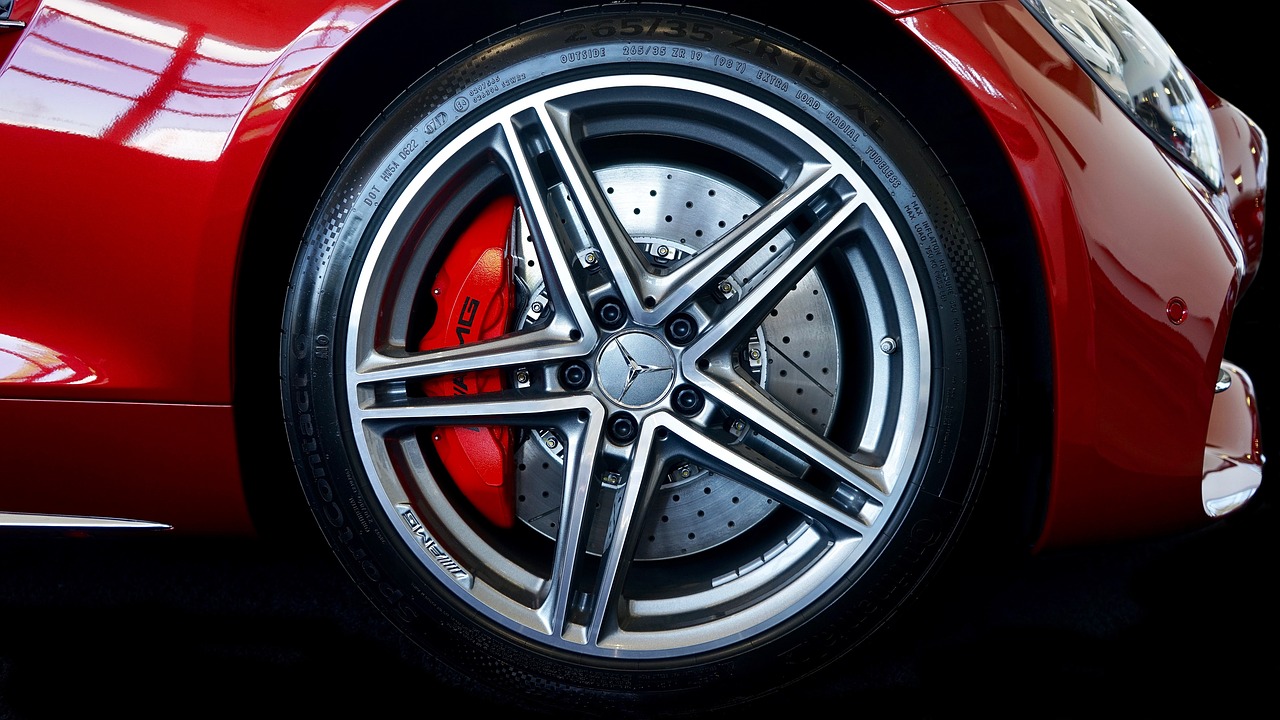Table of Contents
The Early Days: From Wooden Discs to Iron Bands
In the early days of automotive history, wheels were nothing more than wooden discs. These primitive wheels provided basic functionality, allowing vehicles to move more easily across various terrains. However, as the demand for more durable wheels increased, iron bands were introduced, revolutionizing the automotive industry. This marked the beginning of an exciting journey through the evolution of wheels.
Wooden wheels were susceptible to wear and tear, often requiring frequent replacements. The introduction of iron bands strengthened the wheels, making them more resilient and long-lasting. This crucial development not only improved the performance of vehicles but also laid the foundation for future advancements in wheel technology.
With the introduction of iron bands, wheels became more durable and could withstand the challenges of rough terrains. This innovation played a significant role in the growth of the automotive industry, as vehicles could now venture into previously inaccessible areas. The increased durability of iron-banded wheels also led to the development of larger vehicles, capable of carrying heavier loads. The transition from wooden discs to iron bands marked a turning point in automotive history, setting the stage for further advancements in wheel design.
The Era of Spokes: Reinventing Wheel Design
As the automotive industry flourished, the need for lighter and more efficient wheels became evident. This led to the introduction of spoke wheels, which fundamentally transformed the design and functionality of automotive rims. Spoke wheels featured a central hub with several radial arms extending outward, providing strength and stability while reducing weight.
The incorporation of spokes revolutionized wheel design, offering increased aerodynamics and enhancing overall vehicle performance. The hollow spaces between the spokes reduced the weight of the wheel significantly, resulting in improved fuel efficiency and maneuverability. Additionally, the design of spoke wheels allowed for improved heat dissipation, making them ideal for high-performance vehicles. This era marked a significant leap forward in wheel technology, setting the stage for further innovation.
Spoke wheels not only increased the efficiency of vehicles but also added an element of style to their appearance. The intricate patterns and designs created by the spokes became a distinguishing feature of many automobiles, making them stand out on the road. The era of spokes marked a turning point in automotive rim design, combining functionality with aesthetics to create a new standard for wheel innovation.
Alloy Wheels: The Pursuit of Performance and Style
In the pursuit of both performance and style, the automotive industry turned its attention to alloy wheels. By blending various metals, such as aluminum or magnesium, manufacturers created wheels that offered superior strength, lower weight, and enhanced heat dissipation. Alloy wheels not only provided better handling and increased fuel efficiency but also became a symbol of style and luxury.
The introduction of alloy wheels marked a turning point in automotive rim evolution, as they became synonymous with high-performance vehicles. These wheels offered a perfect balance of form and function, captivating car enthusiasts and setting new standards for wheel design across the industry.
The use of alloy wheels brought several advantages to the automotive world. Their lighter weight reduced unsprung mass, improving the suspension’s ability to maintain contact with the road surface and enhancing overall handling. Additionally, the increased strength of alloy wheels allowed for better brake performance, as they were less prone to flexing under pressure. The pursuit of performance and style converged with alloy wheels, making them a sought-after feature in the automotive market.
From Steel to Carbon Fiber: The Quest for Lightweight Durability
Steel wheels had long been a staple in the automotive world, known for their durability and affordability. However, the pursuit of even lighter and more durable materials resulted in the emergence of carbon fiber wheels. This groundbreaking innovation offered unprecedented strength-to-weight ratios, significantly reducing rotational mass and improving overall vehicle performance.
Carbon fiber wheels revolutionized the automotive industry by providing exceptional strength, rigidity, and heat resistance. While initially limited to high-end sports cars, advancements in manufacturing processes have made these wheels more accessible to a broader range of vehicles.
The introduction of carbon fiber wheels brought about a paradigm shift in the automotive industry. Not only did they provide significant weight reduction, but they also enhanced the handling and maneuverability of vehicles. The improved acceleration and braking performance offered by carbon fiber wheels made them highly desirable for car enthusiasts and performance-driven individuals. Despite their higher cost compared to traditional steel wheels, the quest for lightweight durability continues to drive the popularity and adoption of carbon fiber wheels in the automotive world.


